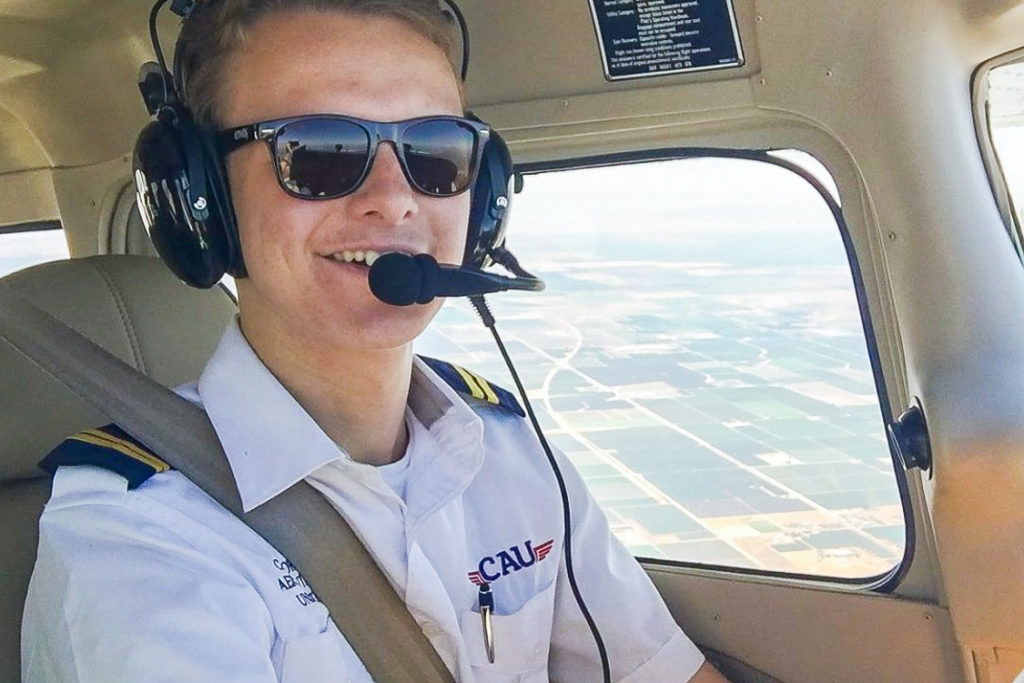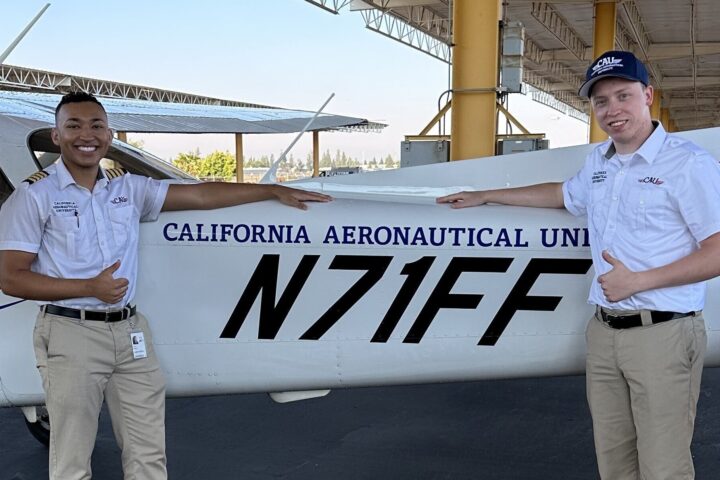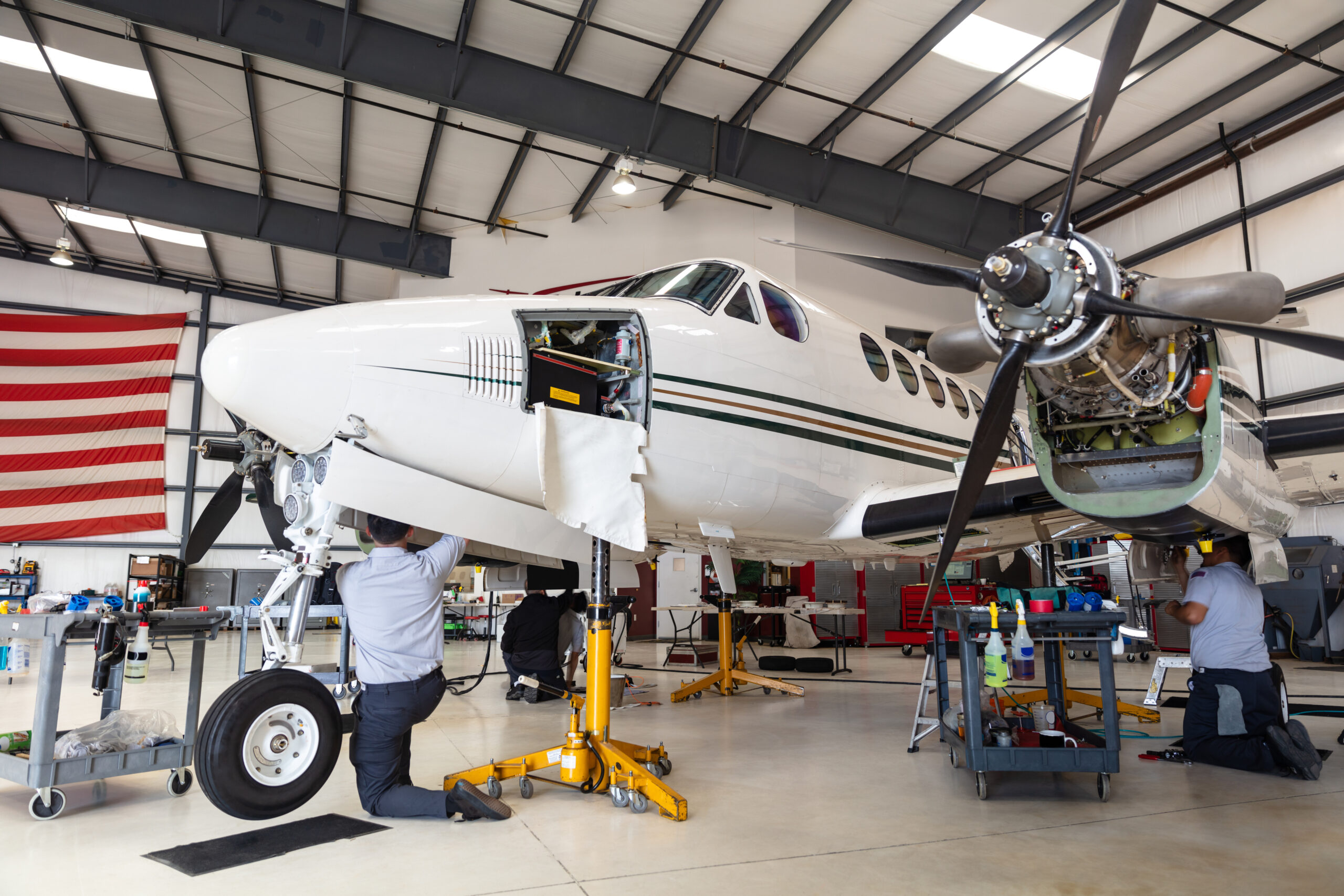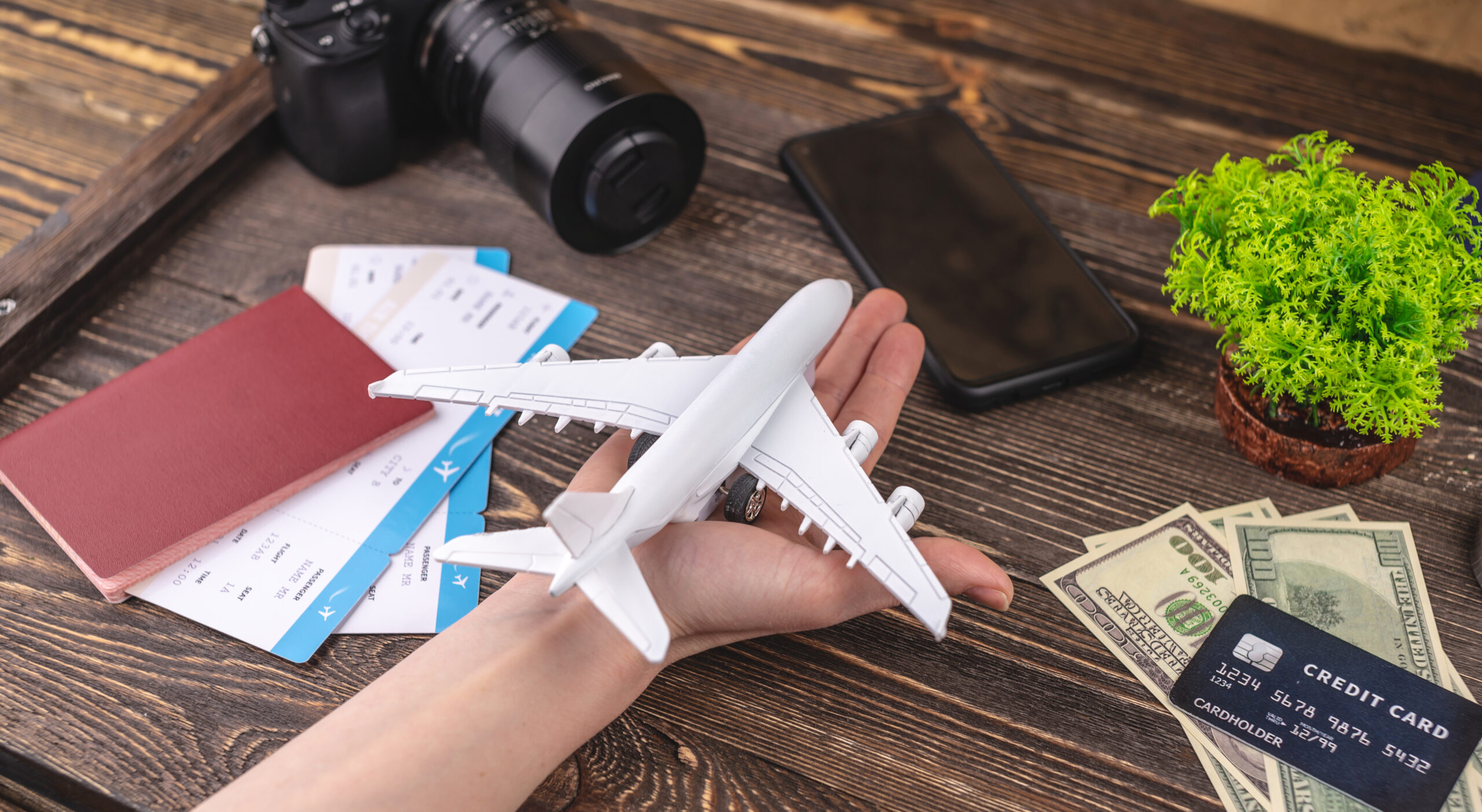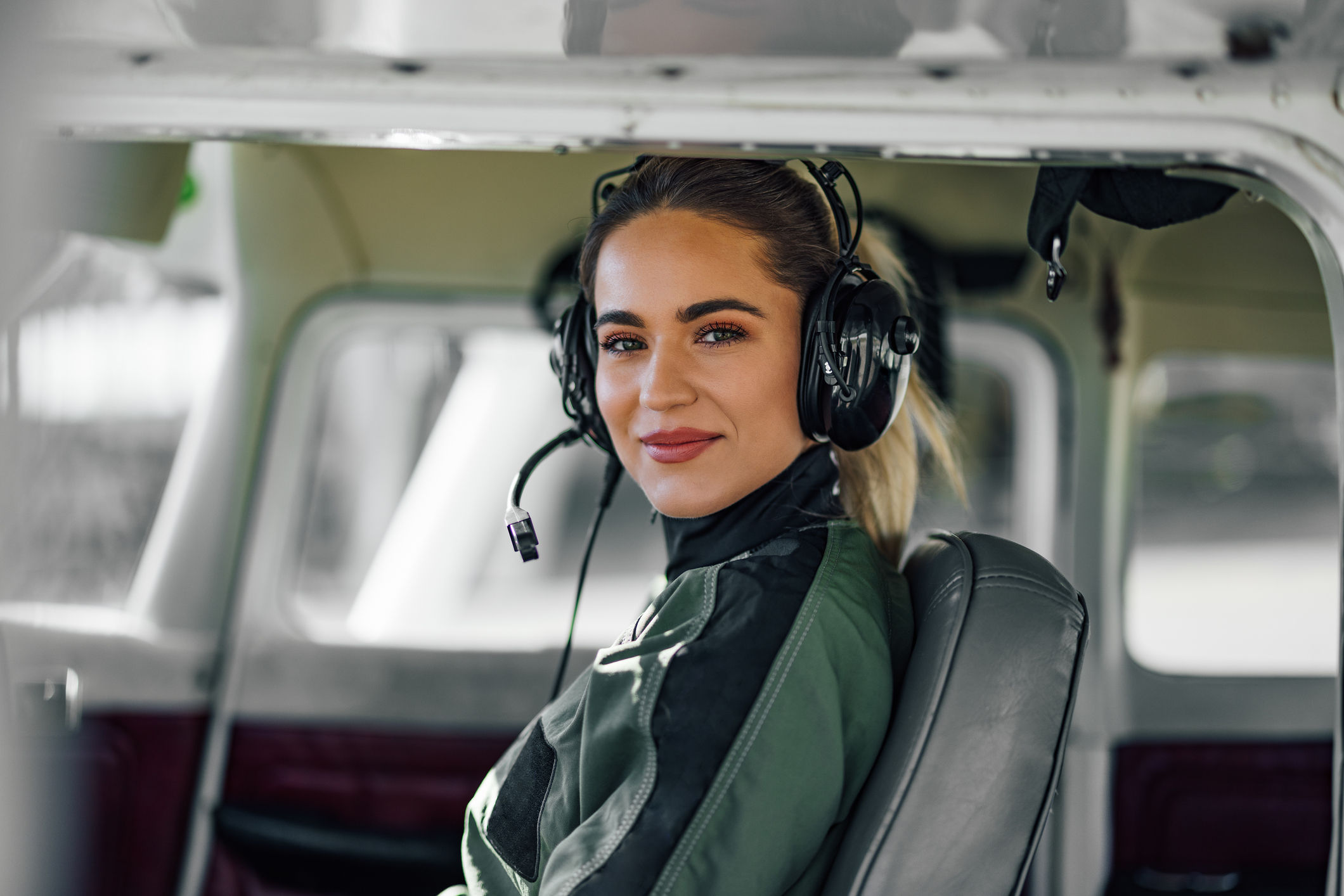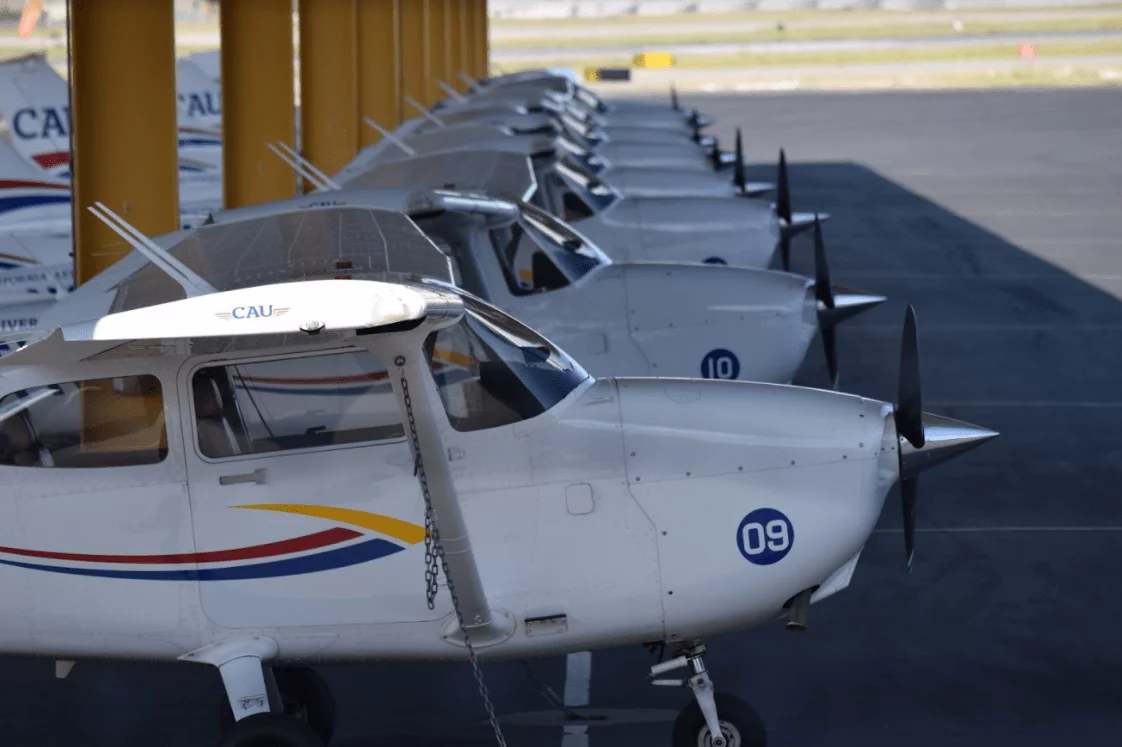Earning one’s private pilot certificate is an accomplishment to be proud of. Dedicated instructors and strong flight schools make it possible, but progressing as a pilot is a team effort. Also required are the dedication, commitment, and hard work of the student pilot.
The first aspect to doing well in one’s training is to form realistic expectations about what it involves. Lining up financing, time for lessons, scheduling with a flight school, and coordination with family members and employers to make the most of your time are all required. While this can be difficult to juggle, most pilots agree that becoming a full-fledged airman is more than worth it. Here are a few tips to succeed in flight training before you even begin.
Find Ways to Start Your Training
Student pilots must wait until they are 16 to solo in an airplane. They are legally permitted to complete their private pilot certificate on their 17th birthday. For those who are fascinated by aviation early in life and are eager to begin exploring, options abound.
One possibility is the Civil Air Patrol U.S. Air Force Auxiliary (CAP), which welcomes adults as well as children as young as twelve. It is affectionately known as “Air Force Boy Scouts/Girl Scouts” because CAP members form squadrons, go on exercises, and take development courses. It is the volunteer arm of the United States Air Force, and members wear uniforms and hold CAP ranks. The CAP an excellent way to become involved in aviation without purchasing an airplane, plunging into flight lessons, or joining ROTC.
CAP members serve the Air Force and the nation in significant ways. They go on rescue missions, photograph areas after natural disasters, and assist with charities. Directly after the terror attacks of September 11, 2001, CAP airplanes were the only ones in the sky outside of military patrols. Members were photographing the damage at the Pentagon, Twin Towers, and Flight 93 debris field in Pennsylvania.
Another option is the EAA Young Eagles, which began in 1992 and is sponsored by the Experimental Aircraft Association. This organization allows children ages 8 through 17 to ride in an airplane for free. Such a program allows young people who might not otherwise experience aviation to do so.
Be Prepared to Study With Your Feet On the Ground
The aspect of flight training which most surprises many student pilots is how much of it takes place on the ground. The popular notion of “flying lessons” is to hop into the cockpit and wing away. However, “pilot training” is a more accurate term.
The Federal Aviation Administration (FAA) requires student pilots to pass two different tests before they are considered certificated private pilots. One is indeed the practical test, more popularly known as “the checkride.” This involves an examiner engaging in verbal questioning. He or she then asks the student pilot to begin prepping for a flight, take off, perform basic maneuvers, and return. It is the end of the private certification process.
Ground School
However, what the general public often does not realize that a knowledge test comes first. The knowledge test is “book learning,” and it is a matter of good old fashioned reading, studying, and memorization. It is also known as “ground school.” Student pilots can obtain the FAA ground school requirement via online courses or in person with an instructor. Both methods have their advantages and disadvantages, but completing ground school in person helps to form connections with other students, as well as your Certified Flight Instructors (CFI’s). Aeronautical universities allow students to complete their ground school requirements in conjunction with practical lessons while also earning course credit towards a degree.
In addition to understanding what is required concerning the FAA’s knowledge test, student pilots must also understand that professional pilots do not simply decide to fly, then take off. Safe and professional flying demands planning:
- Deciding on a route
- Checking and thinking about the weather
- Pre-flighting the airplane to ensure it is safe to take to the air
The pilot in command (PIC) is responsible for ensuring that the airplane is fit to fly. Even when only the pilot is the only person on board, failed equipment or hasty planning can affect air traffic control professionals, other pilots, or even people on the ground.
A proper and thorough understanding of preparing for a flight, what will happen in cruise, alternate courses to take in an emergency, and conditions at the landing airport are all just a small part of flying, even if the pilot will never leave the airspace from where he or she departs. Respect for the importance of this, as well as faithfully following checklists before even entering the cockpit, is an important mark of maturity for a pilot.
Once You Start, Do Not Stop
Some student pilots try to earn their certificate “when I can squeeze it in”. Technically, this is possible, but it is not setting yourself up for success. Flying is a learned skill and it is a complex one. Not only must the student pilot learn and process a new “language,” figure out how the cockpit’s avionics works, master filing a flight plan, figure out the physical skill associated with proper airmanship, the student must do so in a three-dimensional space while other aspects of life (work, school, family obligations) press on.
Plenty of people successfully complete the private certificate every year. However, those who do not or who are mired in frustration for months or even years usually fail because they do not commit themselves to a regular course of lessons in the air and on the ground. In order to make progress, a student pilot needs to fly more than once a week. Most flight instructors recommend flying three to four times a week. This way, the student can learn and maintain skills at a reasonable pace. Flying this often allows students to remember and build on what they have learned without overwhelming themselves or becoming burned out.
Ready to soar in your aviation career?
Mr. Matthew A. Johnston has over 23 years of experience serving various roles in education and is currently serving as the President of California Aeronautical University. He maintains memberships and is a supporting participant with several aviation promoting and advocacy associations including University Aviation Association (UAA), Regional Airline Association (RAA), AOPA, NBAA, and EAA with the Young Eagles program. He is proud of his collaboration with airlines, aviation businesses and individual aviation professionals who are working with him to develop California Aeronautical University as a leader in educating aviation professionals.
